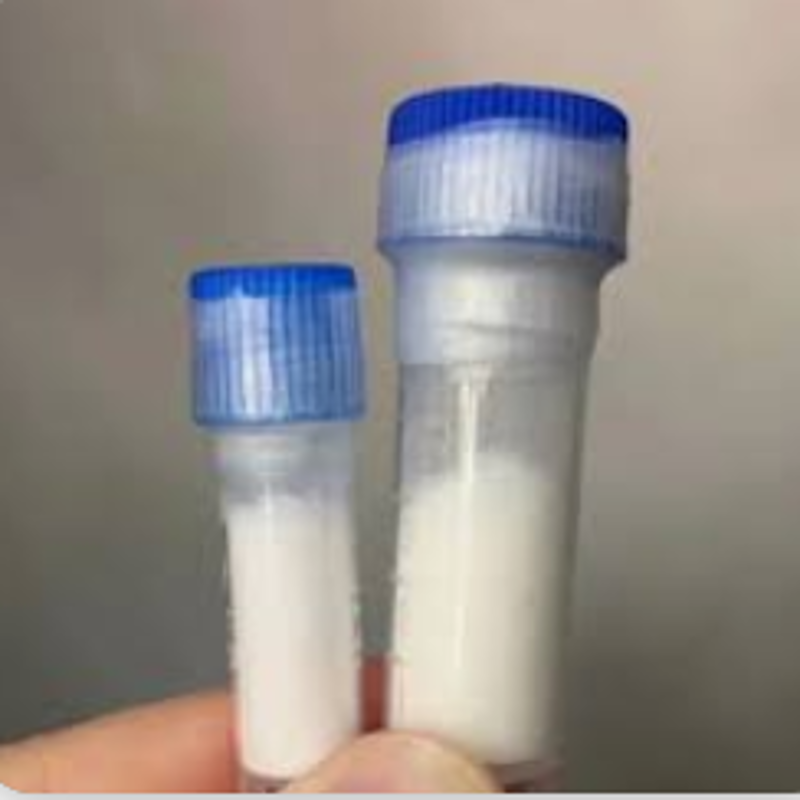-
Categories
-
Pharmaceutical Intermediates
-
Active Pharmaceutical Ingredients
-
Food Additives
- Industrial Coatings
- Agrochemicals
- Dyes and Pigments
- Surfactant
- Flavors and Fragrances
- Chemical Reagents
- Catalyst and Auxiliary
- Natural Products
- Inorganic Chemistry
-
Organic Chemistry
-
Biochemical Engineering
- Analytical Chemistry
-
Cosmetic Ingredient
- Water Treatment Chemical
-
Pharmaceutical Intermediates
Promotion
ECHEMI Mall
Wholesale
Weekly Price
Exhibition
News
-
Trade Service
Neuroprostheses are devices that replace missing nervous system functions and are expected to restore the ability
to communicate in patients who are unable to speak or type due to paralysis.
However, it is unclear whether silent attempts to speak can be used to control communication with neuroprostheses
.
Previous studies have shown that a prosthetic system in a patient with aphasia can decode up to 50 words
.
However, the system was limited by a specific vocabulary, and participants had to try to say these words out loud, which required great effort
due to paralysis.
On November 9, 2022, Edward Chang et al.
of the University of California, San Francisco published a title in Nature Communications entitled "Generalizable spelling using a speech neuroprosthesis in an individual with severe limb and vocal paralysis.
" Research papers
.
The study developed a device that could decode brain activity
in a participant with aphasia paralysis as he silently tried to spell out words to form complete sentences.
These findings highlight the potential
of voiceless controlled language neuroprosthetics to generate sentences through phonics-based methods.
In this study, Edward Chang et al.
designed a neuroprosthesis that could translate brain activity into individual letters, spell out complete sentences in real time, and demonstrated its application
in one patient.
At the age of 20, the patient suffered a stroke that resulted in severe vocal cord and limb paralysis, resulting in limited communication and has been speechless for more than 15 years
.
To help decode his language abilities, the research team conducted a brain-computer interface test for him in 2019, and he was the first participant
in this arm-to-speech brain-computer interface recovery trial.
By implanting brain-computer interface electrodes in the brain's language-motor cortex, the brain waves generated by his brain as he tries to say different words or letters are monitored and parsed
.
The research team extended the previous method to a larger vocabulary by designing its system to decode brain activity related to phonetic transcription
.
In the test, as participants tried to pronounce each letter silently, the device was able to decode the participants' brain activity and generate sentences from a 1,152-word vocabulary list (covering more than 85% of English sentences) at a rate of 29.
4 characters per minute, with an average character error rate of 6.
13%.
In further experiments, they found that the method could be generalized to vocabularies containing more than 9,000 words (basically the number of words most people use in a year), with an average error rate of 8.
23%.
These results suggest that a silently controlled language neural prosthesis based on phonics that uses speech encoded vocabulary to generate sentences has considerable potential
.
Further work is needed to show whether this approach can be replicated
in more patients.
Professor Zhang Fulun
Professor Zhang has been committed to the research of decoding the brain and human language, and in October 2021, Zhang and others published a paper
in the journal Nature Medicine.
A "brain pacemaker", a chronic deep brain sensing and stimulation device, was implanted in the brain of a patient with severe depression, which successfully treated a patient
with severe depression who failed multiple treatments.
This is an important milestone in
the application of advances in neuroscience to the treatment of mental illness over many years.
Original source:
Metzger, S.
L.
, Liu, J.
R.
, Moses, D.
A.
et al.
Generalizable spelling using a speech neuroprosthesis in an individual with severe limb and vocal paralysis.
Nat Commun 13, 6510 (2022).
https://doi.
org/10.
1038/s41467-022-33611-3.







